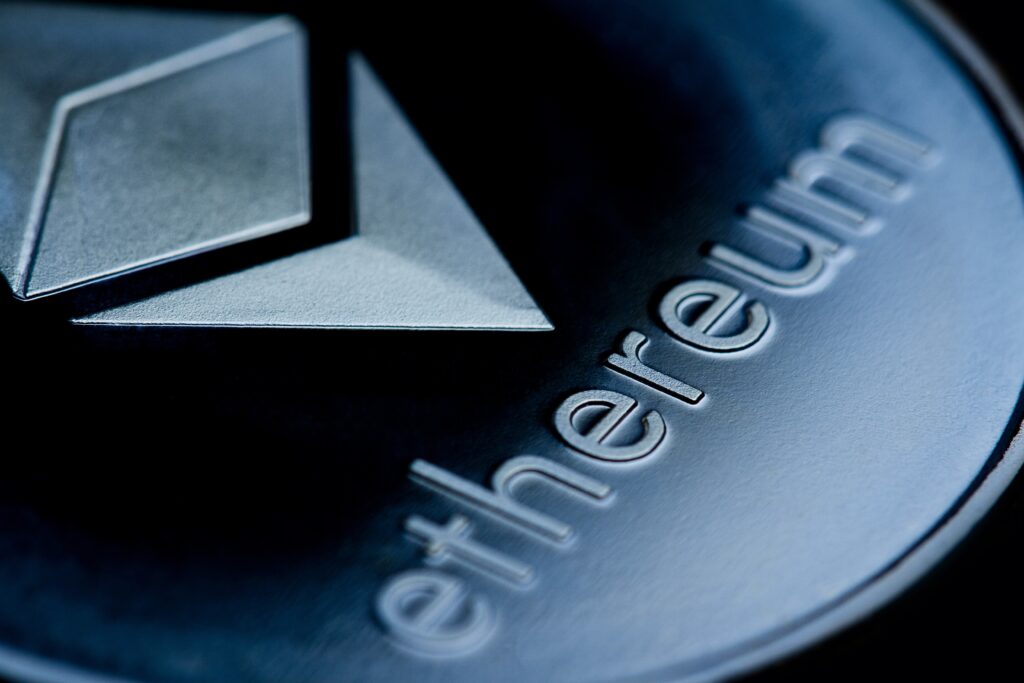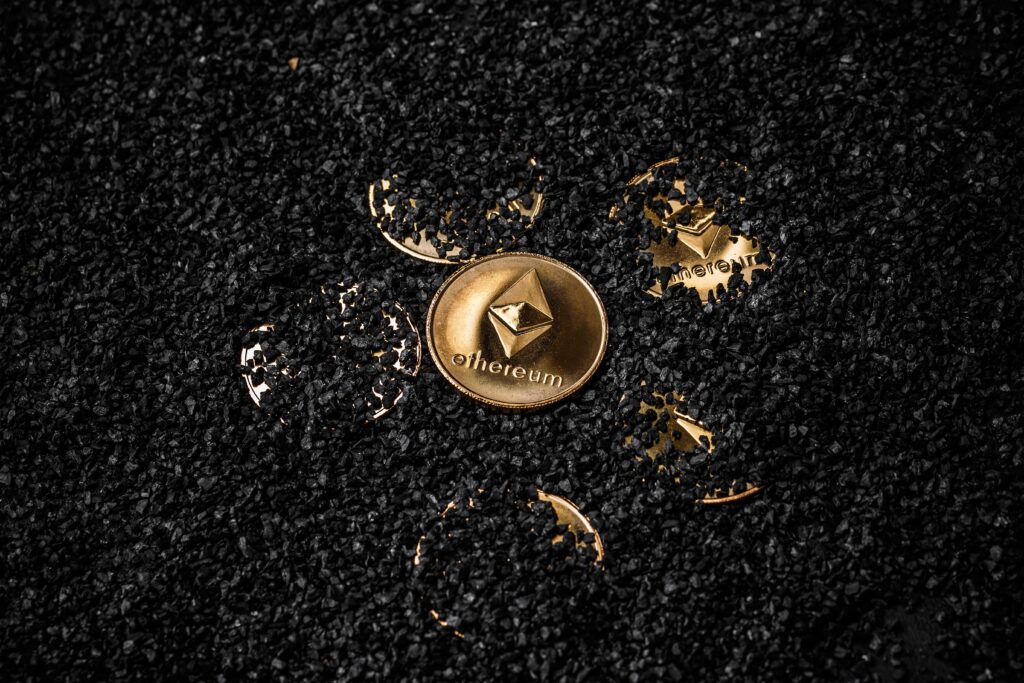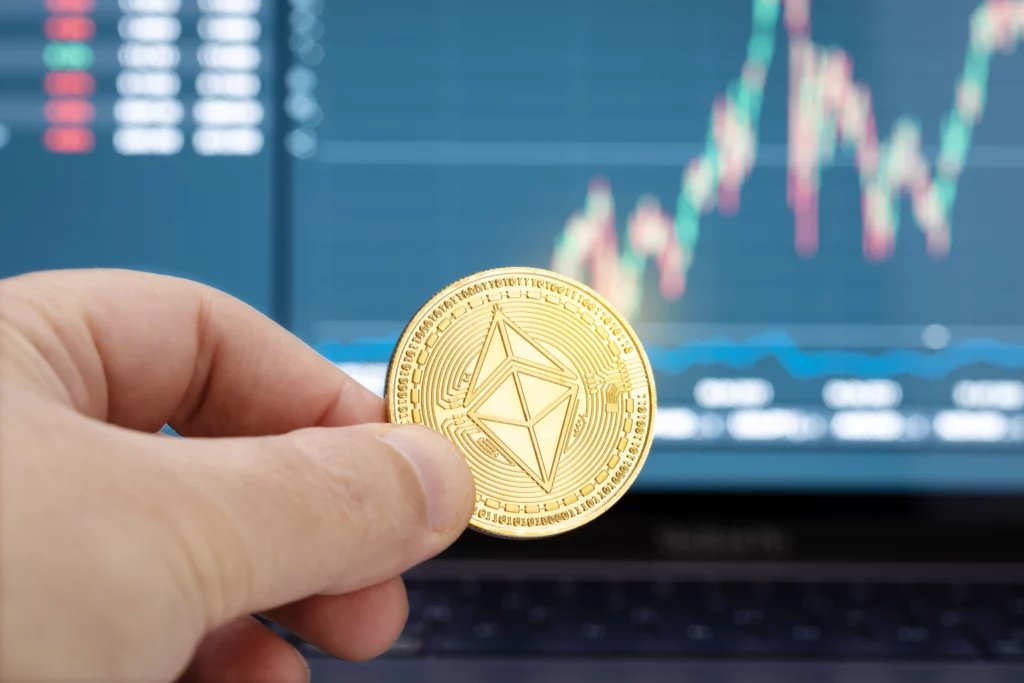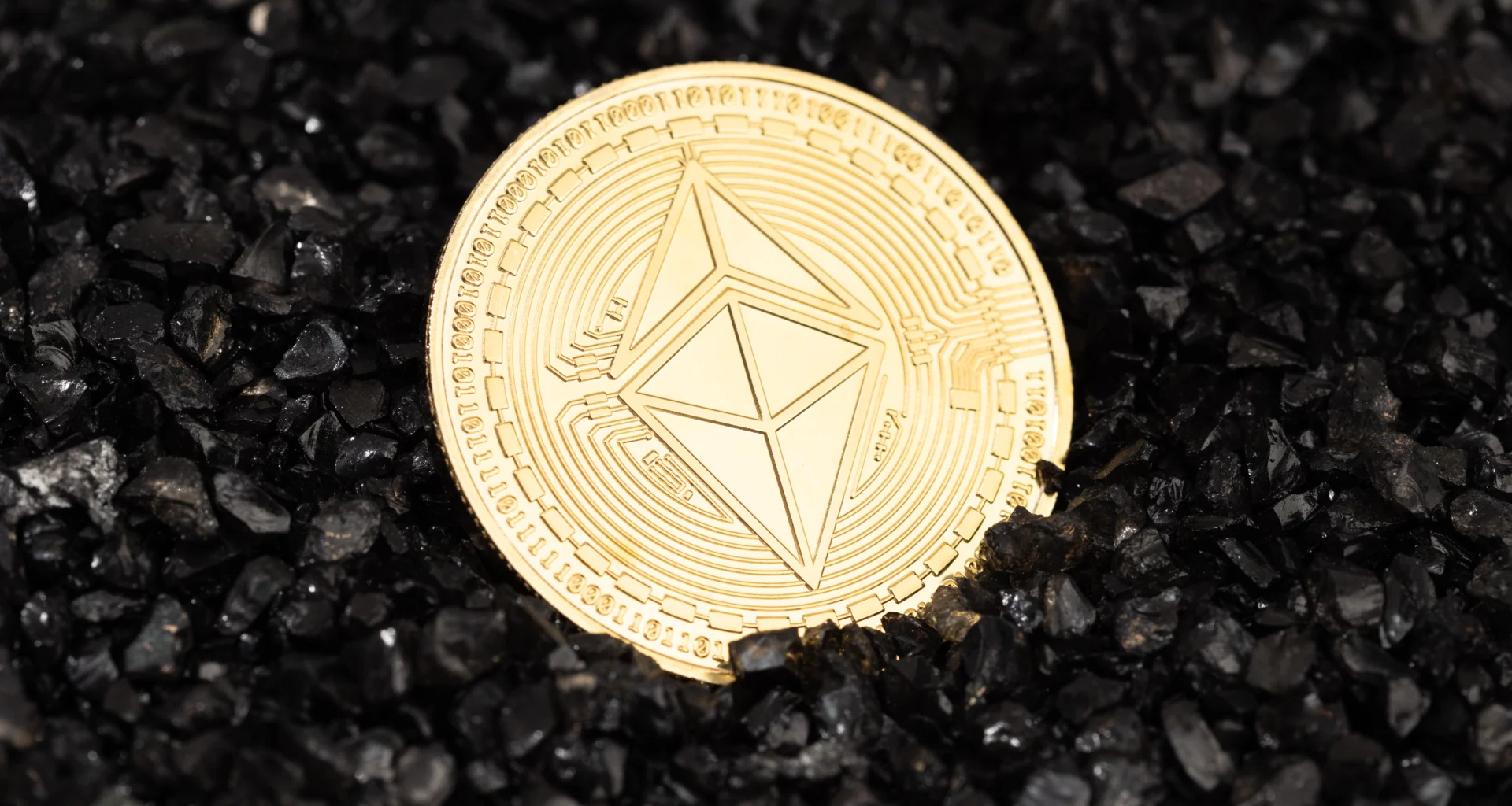It all started with the advent of Bitcoin in 2009. But as blockchain technology gained traction, Ethereum entered the scene in 2015 as the pioneer of smart contracts. Within a couple of years of its launch, Ethereum captured the 2nd spot and achieved multi-billion dollar market capitalization.
Introduction to Ethereum
Russian-Canadian computer programmer Vitalik Buterin first proposed Ethereum in 2013.
The cryptocurrency allows developers to create their own decentralized applications (dApps) on top of the Ethereum blockchain using smart contracts. Smart contracts are self-executing computer programs that automate the execution of an agreement. They are created using a programming language called Solidity.
Ethereum is a global, open-source blockchain platform fueled by its own cryptocurrency called “Ether” (ETH). ETH is used to store value, pay fees, and settle transactions by allowing users to send or receive payments.
Designed to be programmable, scalable, and secure, Ethereum has led to the innovation of ICOs, DeFi, NFTs, and GameFi. Today thousands of dApps are running on it, and billions of dollars are stored in its ecosystem.
Ethereum History

Ethereum raised capital in Bitcoin for its development in 2014 via an initial coin offering (ICO), where it sold more than $18 million worth of ETH. However, it wasn’t until mid-2015 that Ethereum went live.
In 2016, an Ethereum-based decentralized autonomous organization fund called The DAO was launched. Interestingly, in DAOs, members don’t have to trust anyone but the code, which anyone can see and verify.
The DAO raised $150 million worth of ETH but suffered a hack of 3.6 million ETH. This led to a heated debate among the Ethereum community regarding handling the situation.
One section of the community wanted to alter the Ethereum blockchain, while the other opposed such an act. Eventually, a hard fork rolled back the Ethereum network’s history before the attack. The hard fork split the chain, creating Ethereum (ETH) and Ethereum Classic (ETC).
What is a Fork?
A major technical upgrade to a network is called a fork. Because blockchains don’t have any central ownership, they rely on their communities to change the protocol. Usually agreed upon ahead of time, in some cases, disagreements over forks cause a network to split permanently.
A fork is of two types — a soft fork is a software upgrade that brings new functions at the programming level, while in a hard fork, the code change makes the new version no longer backward-compatible with earlier blocks.
Ethereum (ETH) VS Ethereum Classic (ETC)
Ethereum is the second largest cryptocurrency, after Bitcoin, with a market cap of $208 billion, as of writing, according to CoinMarketCap. Ethereum Classic, on the other hand, sits in 17th place with a market cap of $5.3 billion.
When it comes to price, Ethereum touched an all-time high at $4,880 in November 2021, while ETC’s ATH was about $167 in May 2021.
Fundamentally, Ethereum is currently working on shifting from an energy-intensive Proof-of-Work (PoW) consensus mechanism, the same as Bitcoin, to Proof-of-Stake (PoS), which will make the network faster, scalable, and energy efficient. ETC, meanwhile, will remain on its original PoW algorithm.
Another difference between the two is their coin supply. While ETH doesn’t have a fixed supply, ETC has a cap of 210,700,000.
Ethereum is a popular cryptocurrency with the largest ecosystem of dApps, developers, and users. While much like ETH, the Ethereum Classic blockchain has decentralization, smart contracts, and pseudonymity features, it is nowhere near the level of activity, usage, and growth that Ethereum has.
Is Ethereum Classic Still in Use?

ETC is very much alive today, but, truth to be told, it is not as active as Ethereum or even other smart contract networks. The network actually has negligible activity on dApps, according to DeFi Llama.
The low rate of use of Ethereum Classic has led to problems, especially in terms of security. The network has had multiple “51% attacks” where a hacker could gain control of most of its computing power.
However, ETC enthusiasts continue to work on the network and make upgrades to make it resistant to 51% attacks. In 2022, Mystique hard fork enabled Ether London upgrades to be implemented across the network.
Why Do People Still Trade Ethereum Classic?
While Ethereum Classic isn’t doing anything exceptional development or activity-wise, speculation keeps this cryptocurrency interesting.
After all, in March 2020, ETC was worth less than $4, and in just over a year, the cryptocurrency rose more than 4,225% in value. Yes, you read that right!
Moreover, in 2021, digital asset manager DCG announced its plans to buy $50 million in Grayscale Investment’s Ethereum Classic Trust (ETHC) shares. Currently, the Trust has 11.93 million ETC worth $438.33 million.
Moreover, as an original Ethereum network, if one believes in immutability as a fundamental principle of a blockchain, one will continue to stick with ETC.
However, regardless of ideologies, people are still trading ETC purely for speculation purposes. At $37, people also see ETC as a less expensive option than Ethereum, which is trading at around $1,700.
Will the Price of Ethereum Classic Go Up?

In crypto, digital asset prices continue to pump during bull markets even if the network itself isn’t in use. So, it is very much possible that, as happened in 2021, the ETC price will also go up in the future. But of course, “past performance is no guarantee of future results.”
Additionally, the Ethereum PoW miners will need to mine other coins post-merge. ETC could be that cryptocurrency for them. In July 2022, Ethereum miners produced over $620 million worth of Ether, and the merge will completely wipe out these gains for miners, forcing them to look for alternatives.
All this could send the ETC price up, but when investing in crypto, always remember that the market is very volatile. So, do your own research.
Conclusion: The Future of Ethereum
The Ethereum merge has solved one of its most critical issues: scalability. The usage of Ethereum is already growing at a rapid pace. The upgrade has helped increase speed and lower costs.
As DeFi, NFT, and GameFi gain traction, Ethereum’s adoption will also rise. Institutional interest in Ethereum is already growing tremendously. Overall, the future is very bright for Ethereum. As for ETC, it all depends on how the project develops and if it manages to attract attention beyond speculation.









